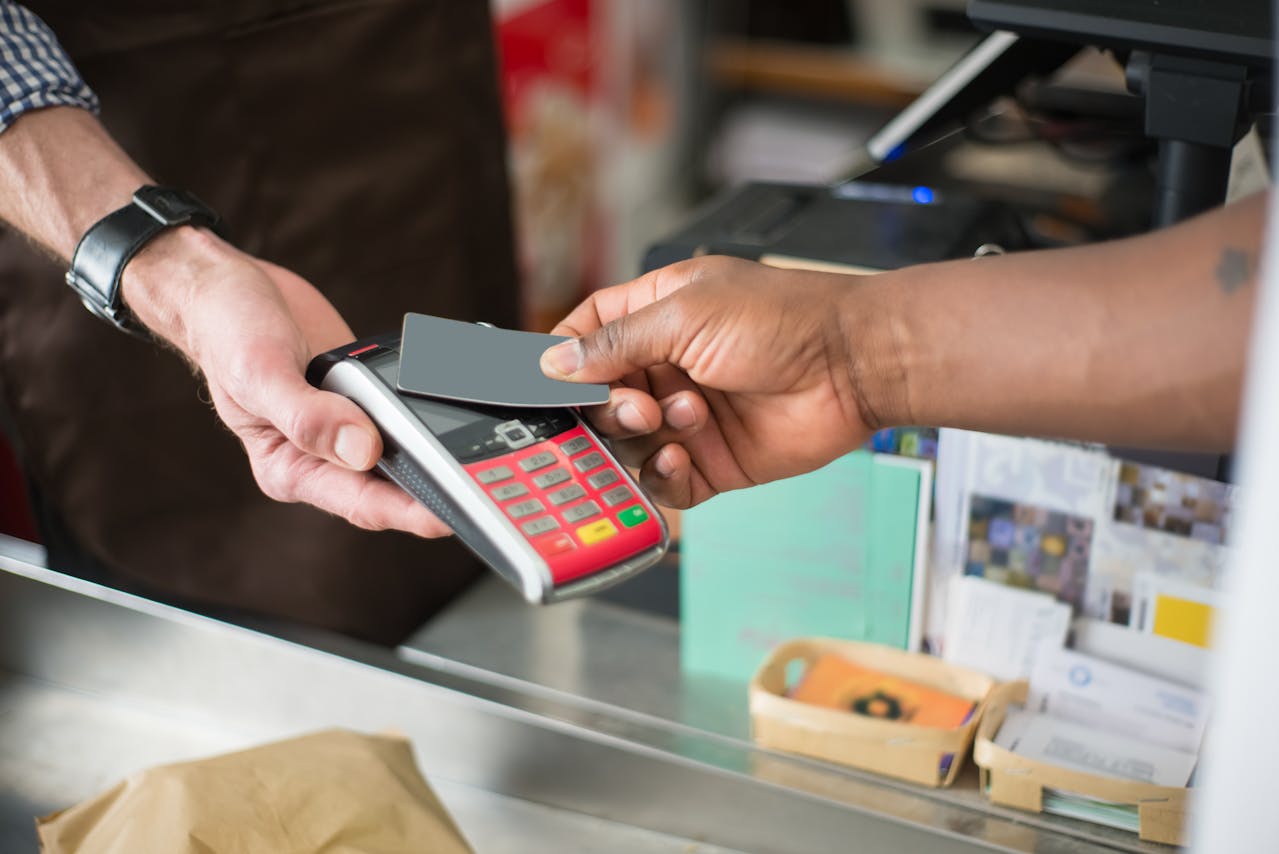

Since the 1970s, Singapore has experienced a low fertility rate of under 2.1 births per woman on average. The country has forecasted a rapidly increasing aging population, taking over 25 percent of the total residents by 2030.
The event was a part of Singapore's successful attempt to maintain longevity, resulting in its citizens' growing average life expectancy to 83 years old. However, the aging population holds several implications for the country.
The growing numbers of older adults would need further care supposedly done by their younger family members, which shows inadequacy number-wise due to the low fertility rates.
Thus, the demand for caregiver services increases to cater to older adults aged 60 years and more. By 2030, the family eldercare services are forecasted to grow by 41 percent, with longer hours ranging from 29 to 41 hours per week.
Responding to the growing cause, the Government of Singapore has launched the Action Plan for Successful Aging program in 2015. The program outlines various sectors' policy-making for developments, including employability, volunteerism, health and wellness, social engagements and inclusion, lifelong learning, housing transport, public spaces, research, and eldercare services.

In 2009, Singapore's Ministry of Health had launched the Agency for Integrated Care as a measure to integrate the eldercare sector. Since its first establishment, the agency has improved Singaporean citizens' access to care and support caregivers through developing the sector's infrastructure.
Today, the eldercare services sector is an ecosystem that consists of 71 nursing homes, two inpatient hospitals, 81 base care facilities, 17 home care providers, and seven palliative care providers - both public and privately owned.
Since 2017, the Singapore government has been planning to add several elderly services programs designed to enhance the social and medical community integration. One of the more effective programs is the Hospital-to-Home program running in five zones under the SingHealth Regional Health System Southeast Region.
The Hospital-to-Home program aims to meet the needs of older people included in the underprivileged communities with higher risks to diseases and morbidity, operating as a platform that connects patients with a network of care providers and allows caregivers to conduct mobile medical activities.
Today, the program has been piloted in 11 sites in Singapore, providing registered nurses and healthcare assistants working at nearby hospitals and care facilities to deliver their services at the patient homes.
The rapidly aging population of Singapore residents poses an urgent need for policy reformulation to capitalize on the conditions awaiting in the near future.
While Singapore's government has made multiple arrangements to ease access to elderly services in the country, the presence of private investments and traffic of private industry players are yet to be dominated. The absence of dynamic activities in the ecosystem puts the elderly services sector in a stagnant stance.
As the aging population gradually occurs, elderly care in Singapore is bound to record exponential growth in the ecosystem.

Digital Lending in Southeast Asia: Current Trends and Future Outlook
Digital lending in Southeast Asia (SEA) has been on an upward trajectory, significantly enhancing financial access for both individuals and businesses. The region's high internet and mobile penetration rates have facilitated this growth, enabling more people to access financial services conveniently. Governments across SEA are actively promoting digital lending as a means to improve financial inclusion, particularly for the underbanked and unbanked populations. For instance, digital lenders in countries like Indonesia and the Philippines have capitalized on the surge in internet usage to offer innovative lending solutions.

The Latest Trends and Developments in SEA’s Digital Payments Landscape
The adoption of digital payments in Southeast Asia (SEA) has accelerated, driven by technological advancements, government initiatives, and changing consumer behaviors. It has evolved from simple online transactions to sophisticated financial ecosystems that include various payment methods such as mobile wallets, QR code payments, and Buy Now Pay Later (BNPL) options.

Navigating the Digital Era: Future Jobs and Skills in the Age of Digitalization
The job market's transformation driven by digitalization highlights the need to understand emerging trends and acquire essential skills for thriving.

Navigating Key Challenges in Southeast Asia’s EV Market
Southeast Asia (SEA) finds itself at a crucial juncture in the journey towards electric vehicle (EV) production and adoption as the world transitions towards sustainable transportation solutions. The region has several significant keys for developing the EV industry, such as Indonesia's nickel supply and Thailand's EV manufacturing potential. However, the ASEAN EV industry faces many challenges and threats that must be overcome to ensure success in the region.